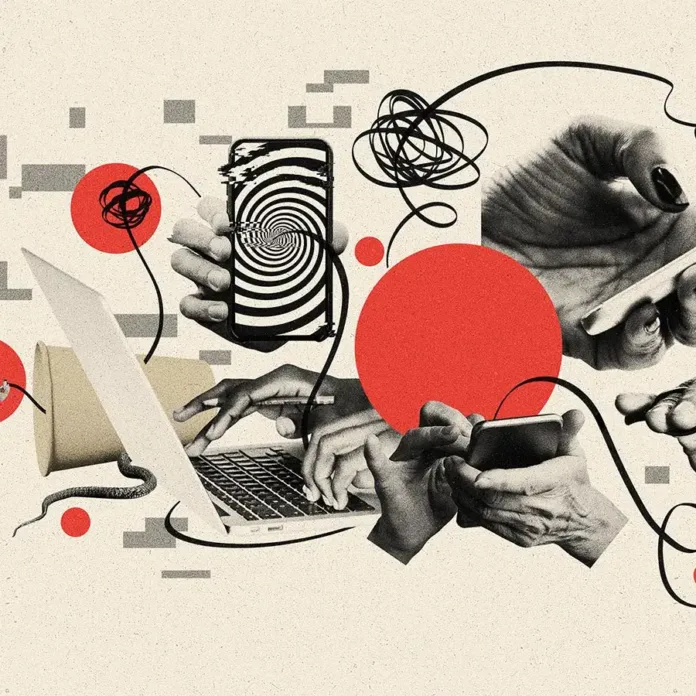
In recent years, the rise of artificial intelligence (AI) tools like ChatGPT has revolutionized the tech world, promising convenience, speed, and creativity. However, these benefits come with a hidden cost — the rise of viral AI misinformation. As platforms and users embrace AI-generated content without proper oversight, the spread of inaccurate, biased, or outright false information is becoming a serious concern.
At first glance, AI-generated tools like ChatGPT appear to be the next big thing in technology. They’re easy to use, can mimic human speech, generate text in seconds, and are accessible to almost anyone with an internet connection. However, this accessibility has turned into a double-edged sword, enabling bad actors and uninformed users alike to unintentionally or deliberately propagate misinformation.
The Rise of Viral AI Misinformation
The term viral AI misinformation refers to false or misleading content created or spread by artificial intelligence tools that gains widespread attention, often going viral on platforms like Twitter, Facebook, and TikTok. The very design of these tools — to predict and generate text based on large language models — means they can confidently produce false narratives that seem plausible at first glance.
The issue is not just with malicious users. Even well-meaning individuals, relying on ChatGPT and similar tools for writing blogs, social posts, or even news stories, might unknowingly share incorrect data. This happens because most AI models are trained on massive datasets that include both verified and unverified sources. As a result, the outputs are only as reliable as the data they were trained on.
ChatGPT and the Challenge of Fact-Checking
ChatGPT misinformation has become a trending topic in tech circles, and for good reason. While the tool is designed to be informative and helpful, it does not have real-time access to current events or a built-in mechanism to verify facts. For instance, if you ask it to summarize news from a specific date, it may provide a plausible but completely fabricated account.
This makes ChatGPT and similar AI bots potentially dangerous in the hands of content creators who do not cross-verify the information. Unlike traditional media, where editorial standards and fact-checking are critical components of content production, AI-generated text often bypasses this gatekeeping process entirely.
The Role of Social Media in Amplifying Tech Fads and Fake News
Social platforms thrive on shareable, bite-sized content. Unfortunately, this creates the perfect environment for tech fads and fake news to flourish. When a catchy, AI-generated headline or post goes viral, it’s often shared thousands of times before anyone questions its validity. By the time corrections are issued — if they ever are — the damage has already been done.
This amplification effect is worsened by the algorithms used by platforms like YouTube, Instagram, and X (formerly Twitter), which prioritize engagement over accuracy. As a result, emotionally charged or controversial content, regardless of its truthfulness, tends to spread faster than well-researched and nuanced reporting.
Real-World Consequences of AI-Generated Content Risks
The risks of AI-generated content go far beyond just spreading false facts. They can influence elections, damage reputations, create panic during crises, or reinforce harmful stereotypes. For instance, an AI-generated article incorrectly blaming a particular community for a natural disaster can ignite real-world tensions and violence.
In academic circles, students are using AI tools to generate essays, some of which contain fabricated citations and misinformation, jeopardizing the integrity of educational standards. In healthcare, misleading AI-written advice can have life-threatening consequences.
Why Regulation and Human Oversight Are Critical
Despite the tech industry’s enthusiasm for AI innovation, the lack of clear policies and regulations makes it difficult to curb social media misinformation generated by these tools. While companies like OpenAI and Google are working to make their AI systems more accurate and safe, it’s not enough.
There needs to be a collaborative effort involving developers, content platforms, governments, and users. Implementing fact-checking layers, labeling AI-generated content, and setting boundaries on the use of such tools for sensitive topics are some measures that could help mitigate the risks.
Additionally, digital literacy campaigns can empower users to spot and question suspicious content. As AI becomes more integrated into our daily lives, understanding its limitations is just as important as embracing its potential.
The Future of Trust in the Age of AI
Ultimately, the core issue lies in the erosion of public trust. If users cannot distinguish between human-written and AI-generated content — or worse, cannot trust either — we risk falling into a digital age defined by confusion and cynicism. Rebuilding that trust requires both technological solutions and cultural change.
The viral AI misinformation problem is not going away anytime soon. In fact, as AI tools become more advanced and accessible, the threat is likely to grow. But with awareness, critical thinking, and systemic reforms, we can use AI as a tool for empowerment — not deception.